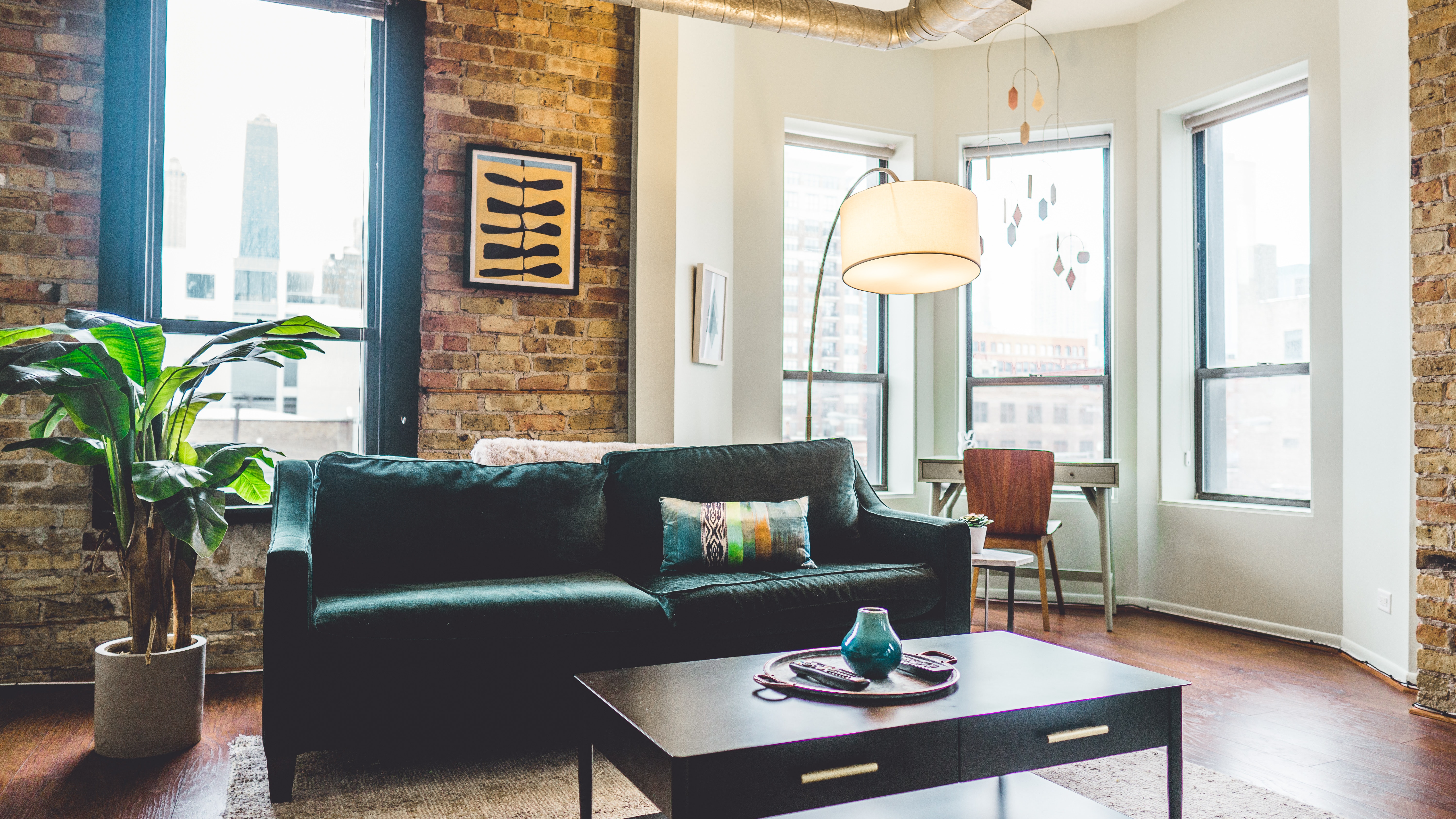Traditional cooling techniques and natural components are becoming more and more entwined as the globe changes and the importance of sustainability and energy efficiency increases. Many people are learning the advantages of integrating air conditioning with the surrounding surroundings rather than merely depending on electrical devices to create a pleasant environment. With this change, a cooling system that is both energy-efficient and environmentally friendly is promised.
Embracing sustainable cooling
It’s an inspiring testament to how cities and communities globally are increasingly turning to sustainable methods for maintaining comfort without compromising on environmental responsibility. In this vein, Southampton has exemplified an environmentally conscious approach to temperature management. In this city, reputable air conditioning Southampton providers have seamlessly integrated natural cooling techniques, ensuring residents remain comfortable even in the peak of summer.
Benefits of layering with ambient elements
There are several benefits to combining contemporary air conditioning systems with natural features. First, adding plants, water, and shade boosts energy efficiency. Cooling uses less electricity, saving energy. Second, this marriage of nature and technology creates a sustainable future as we need less non-renewable energy. Additionally, when energy use declines, locals can anticipate a welcome drop in their monthly expenses. Last but not least, this novel approach offers improved comfort by guaranteeing a more constant indoor temperature during the day and night.
Incorporating ambient elements into design
The present systems do not have to be completely restructured in order to use the layered approach. Simple tactics with a big impact are sometimes necessary. By strategically arranging trees or shrubs, for example, buildings can receive less heat from the sun and more natural shade. The green roof is another outstanding option that can be found in many urban buildings. The internal temperature of a structure is tempered by plants on the roof because of insulation and a decrease in the urban heat island effect.
Additionally, air conditioning usage can be decreased via architectural layouts that encourage natural ventilation. Designs that promote cross-ventilation make it easier for cooler air to enter and push warmer air out. Due to the natural cooling effects of water, adding water features like ponds or fountains inside or around a building can naturally lower the surrounding temperature.
Challenges and considerations
It’s important to remember that incorporating ambient components is not without its difficulties. Starting off, there may be a substantial upfront expense, particularly when adding these components to already-existing buildings. Another thing to think about is maintenance; in order for natural elements like water features and green roofs to work well, they need to be maintained on a regular basis. Additionally, space restrictions in densely populated metropolitan settings may make it more difficult to integrate larger ambient elements.
Conclusion
The nexus of technical breakthroughs and nature’s intrinsic talents will determine how homes and buildings are cooled in the future. Combining ambient components with air conditioning illustrates a vision for a future that is cooler, greener, and more sustainable. It is clear that a harmonic fusion of technology and nature is the cooling solution of the future, as evidenced by creative tactics and building trends around the world.

living room
More from NEWS
L’Oréal Group invests €60 million in its production in France
L’Oréal is investing in production. The French cosmetics group has allocated €60 million to its plant in Gauchy, northern France, …
Il Piccolo Design, turnkey retail solutions for luxury brands
The family owned company which is now in its second generation cycle, was founded in 1968 in Milan, Italy. The …
Ermenegildo Zegna announces new leadership structure
Ermenegildo "Gildo" Zegna, currently the group's chairman and CEO, will assume the role of executive chairman of Ermenegildo Zegna Group. …











